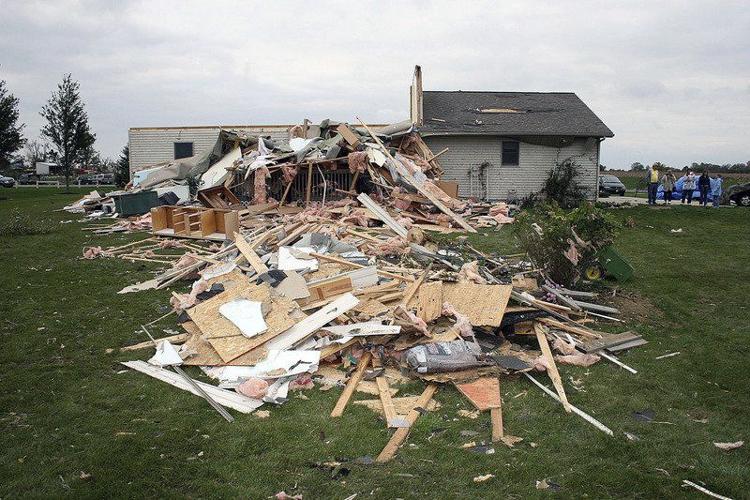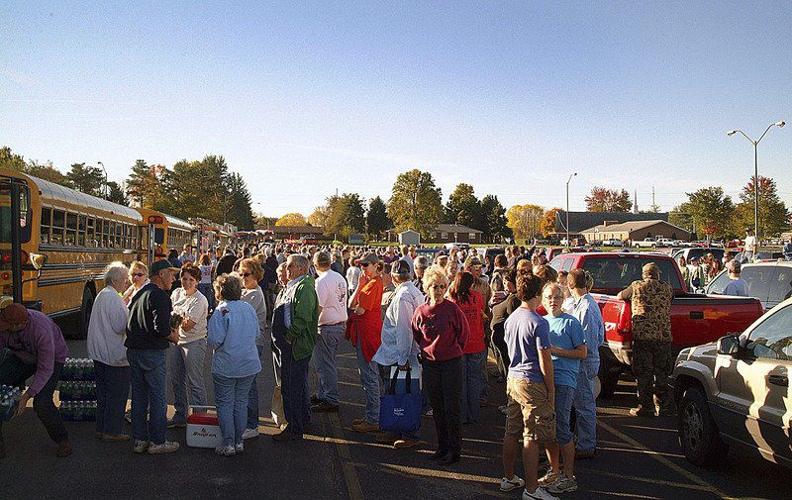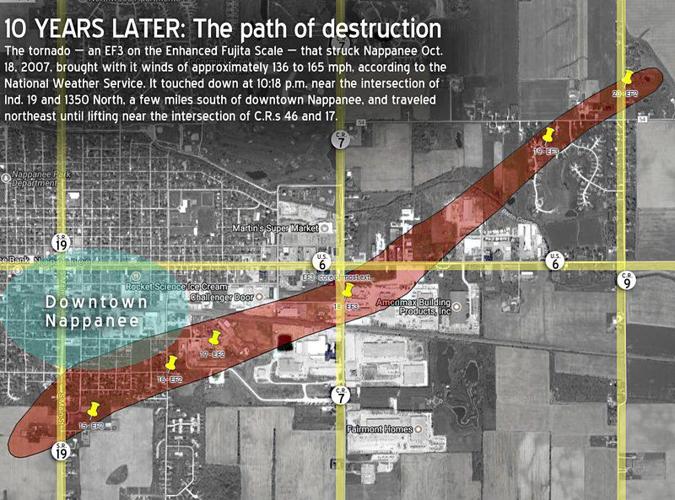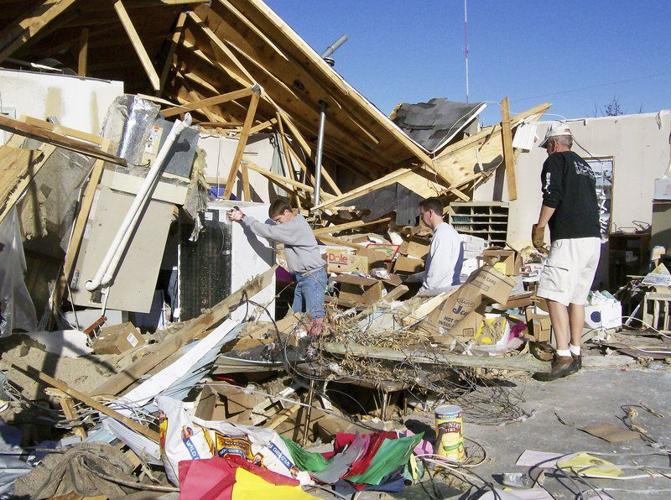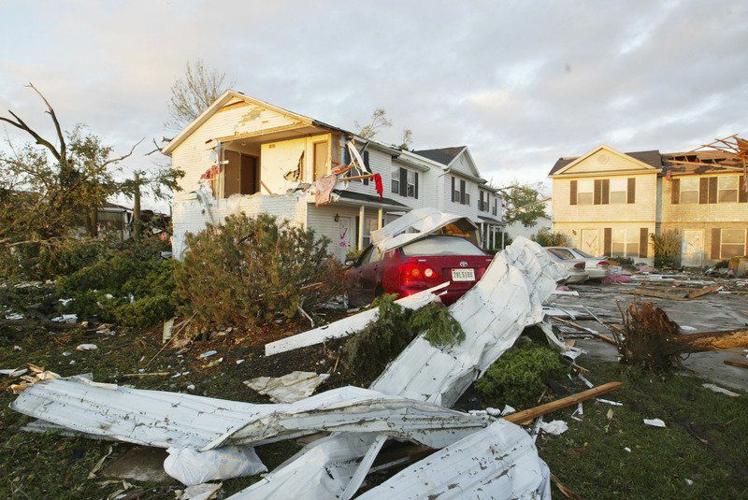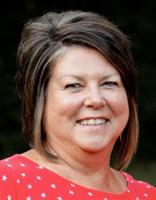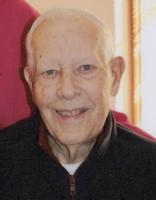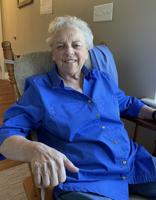NAPPANEE — Amid memories of destruction and recovery, there’s a distinct memory about a group of golfers that sticks out in Larry Thompson’s mind.
As he stood on U.S. 6 early in the morning of Oct. 19, 2007, Thompson, then-mayor of Nappanee, saw devastation all around him — the result of a fast-moving tornado that barreled through the city only a few hours before.
“If I hadn’t known I was walking on the pavement of U.S. 6, I would not have known where I was. There was not much that was identifiable as far as the buildings, at least in the middle of the night,” Thompson said during a recent interview as he reflected on the 10th anniversary of the Nappanee tornado.
But just two days later, as thousands of volunteers pitched in and the town’s recovery began, Thompson spotted a small group of golfers headed across the course.
“I did not recognize the golfers so they probably had no clue what was going on in Nappanee, Indiana. But there were a couple of guys playing golf and the grass was green, there was no sign of debris and I thought ‘We’re going to be OK.’ If at the end of this day, we can play golf here, it’s pretty amazing.
“Now, off where all the damage was, it was still another deal.”
ABOUT THE STORM
According to the National Weather Service, the tornado — an EF3 on the Enhanced Fujita Scale — that hit Nappanee brought with it winds of approximately 136 to 165 mph. The tornado touched down just after 10 p.m. on the evening of Thursday, Oct. 18, 2007, a few miles south of downtown Nappanee.
Video from then-Nappanee Patrolman Curtis Weldy’s squad car, parked at the intersection of Ind. 19 and 1350 North, recorded the tornado touching down at 10:18 p.m. on 10-18-07.
The tornado was on the ground for about 2 miles, extending to a maximum width of a half mile as it passed over the city. It lifted near the intersection of C.R. 46 and C.R. 17, a few miles southwest of downtown New Paris.
In the coming days, city officials estimated as many as 250 buildings were damaged, half of them severely. An estimated 4,000 NIPSCO customers were without power immediately after the storm and many were without a home to return to.
Among them was Jenni Heeter, who told The Goshen News at the time she was in her home at 71860 C.R. 9 with her two young daughters when the tornado struck.
“We only had seconds. We heard the sirens go, and we ran to the basement. Just like that, it hit. There was no place else to go,” she said. “When we were downstairs, we were all holding our hands over our ears, because the pain was so intense. Our ears were hurting and popping because of all the pressure. I’ve never felt anything like that before, and I never want to again.”
‘OVERWHELMING FOR EVERYBODY’
Within minutes of receiving the all-clear, emergency responders made their way from all corners of the city to survey the damage and assess injuries.
Parts of the city were damaged beyond recognition, Thompson said. Heavy damage was reported to the Dairy Queen and Taco Bell/KFC buildings and three recreation vehicle plants: Fairmont Homes Inc., Gulf Stream Coach and Franklin Coach.
A fleet of ambulances and emergency responders, many called in from neighboring communities, were assembled in preparation to care for the injured.
But as daylight came, the emergency medical staff were dismissed.
“We canvased the city and the damaged areas and initially it came back that we were not finding any injuries — or very few. A lot of chaos, but nobody hurt,” Thompson said.
In the days to follow, a few minor injuries were reported. But nothing major. And no fatalities.
“It was pretty overwhelming for everybody,” Thompson said, adding that the city had prepared for such an event. “We had a plan. I think we did the best to implement a recovery-type plan or emergency plan. I think we did a pretty good job of that and without that plan, I think there would have been a little more chaos in those first few hours.”
CLEANUP BEGINS
Two days later, the cleanup process began.
“Keep in mind we didn’t have much time, but we put together this big effort to clean up Nappanee on Sunday morning,” Thompson said. “We thought we would use three or four school buses to transport people. … I think we used about every school bus Wa-Nee had.”
Vehicles loaded with volunteers lined up for miles, hoping to reach NorthWood High School in time to board a bus and help with the cleanup. Officials estimated as many as 5,000 volunteers swarmed the area and others were turned away because of space constraints, said Wayne Scheumann, former superintendent of parks and recreation and streets for the city of Nappanee.
“We had people come from 100 miles away to help,” Scheumann said during a recent interview. “That’s what it’s all about.”
That cleanup project, thrown together in mere hours, was the beginning of how the residents of Nappanee would recover, former clerk-treasurer Kim Ingle explained.
“And from that meeting, and with Larry Thompson’s leadership, we started the NITRO group and that was our recovery group that was throughout the rest of the process,” Ingle said.
RECOVERY PLAN
The Northern Indiana Tornado Relief Organization, or NITRO, became the path to the future for many residents who lost their homes.
As department heads gathered data for Federal Emergency Management Agency funds that would never come, case workers began meeting with residents in hopes of finding a way to get them back on their feet.
Residents were asked to apply for help and case workers brought the NITRO board their request.
“And we would help them get their paperwork together and get their lives back together,” Ingle described.
Monetary donations to help residents of Nappanee also began to arrive.
“The Friday after the tornado on Thursday night I received the first $10 donation that came in to the city of Nappanee citizens,” Ingle said. “The mayor and I had talked about it and agreed that all of that money would be for the citizens. None of that would be used to take care of what the city’s losses were.”
In the end, the city received $695,000 in donations for residents of Nappanee.
“The big push was to get a home up and finished by Christmas,” Thompson said. And in many cases, they were successful. Within a year, visitors would have had to look close in order to tell a tornado had hit Nappanee.
As Ingle’s role as financial officer of NITRO came to an end in the fall of 2009, $4,500 remained. The remaining funding was donated to the Community Foundation of Elkhart County and designated for other disasters in the county, Ingle said.
In addition to the damage to residences and businesses, the storm caused damage to several city-owned buildings, fire trucks, lift stations and other equipment.
To help with the city’s losses — an estimated $1.25 million — officials tapped a state fund earmarked for such a disaster.
“And in the end, with insurance, they paid everything down to $600,000 and then the state gave us $198,000. So the city lost about $302,000 and ironically, we had money in our rainy day fund that paid those costs for us,” Ingle said.
PAYING IT FORWARD
Though the city’s response and recovery plan wasn’t flawless, it was “pretty darn good,” Thompson said.
“The plan is designed so anyone could sit in the chief’s chair and run this operation and for the most part that worked,” he said.
In fact, the plan became a road map for those who wanted to ensure they were ready if a tornado came their way, he added.
In the years after the tornado, Nappanee Utilities Manager Gale Gerber and other department heads traveled to other communities in Indiana to discuss disaster planning. For his part, Gerber discussed the importance of keeping the water towers full. Stockpiling supplies is also a must, he added.
“People took that information that we were able to give them and hopefully put it into their emergency plans,” Gerber said.
The experience also helped forge a countywide plan so department heads from neighboring cities and towns are aware of each department’s assets and emergency plan.
“Now, I can walk into Middlebury and know what they have for a treatment plant. Or Middlebury can to Nappanee and know what assets we have. … Same with Elkhart city, Goshen, the communities around us,” Gerber said. “… That’s a real positive thing that came out of this situation.”
10 YEARS LATER
Though a decade has passed, Gerber can close his eyes and visualize the starry sky in the early morning hours of Oct. 18, 2007.
“The one thing that really sticks out in my head was after the tornado hit, it was early in the morning … and all the lights were out in town. But to see the stars and how bright and shiny they were,” he said. “You don’t see that in the community with all the street lights on and house lights on.”
Like many residents, Gerber never imagined such destruction could occur in his own backyard.
“I remember having tears in my eyes. I still get tears in my eyes when we go back in and talk about it. That is something that will always be here in my heart. How bad we were hurt. But so darn proud of how we recovered.”
Julie Beer can be reached at julie.beer@goshennews.com or 574-533-2151, ext. 312.

